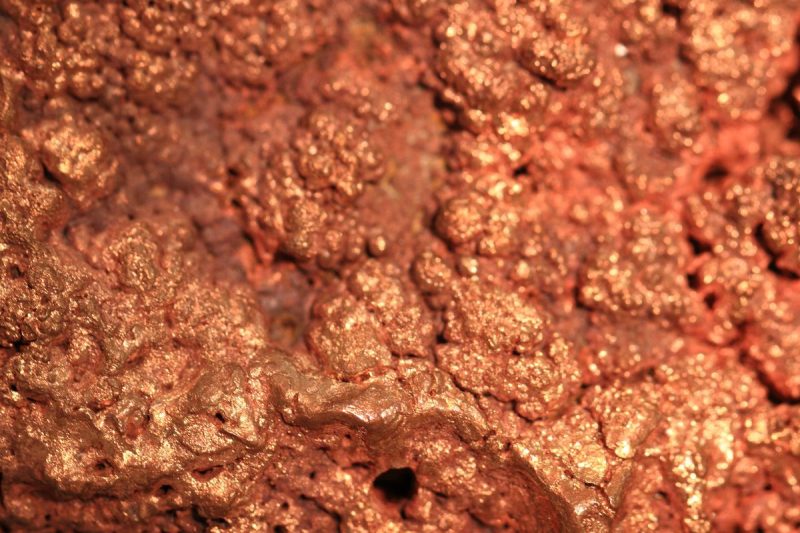Copper Refining: From Ore to Market (Updated 2024)
**1. Mining and Extraction:**
The process of copper refining begins with the mining of copper ore deposits. Open-pit mining and underground mining are the primary methods employed to extract copper ore. After the ore is extracted, it undergoes various beneficiation processes to separate the copper minerals from the surrounding rock.
**2. Crushing and Grinding:**
Once the ore is extracted, it is crushed and ground to liberate the valuable copper minerals from the ore. This step is crucial as it helps in increasing the surface area of the ore particles, facilitating the subsequent extraction process.
**3. Concentration:**
After crushing and grinding, the ore is concentrated to increase the copper content. This is typically achieved through froth flotation, where chemicals are added to the ore to make the copper minerals hydrophobic, allowing them to adhere to air bubbles and be separated from the rest of the ore.
**4. Smelting:**
The concentrated copper ore is then smelted in a furnace to further purify it. During smelting, the copper minerals are separated from the impurities, resulting in molten copper known as matte. The matte is further refined through various processes to remove impurities and achieve the desired purity level.
**5. Refining:**
Once the copper matte is obtained, it undergoes further refining processes to remove any remaining impurities and achieve high purity copper. The two primary refining methods used in copper refining are electrolytic refining and fire refining. Electrolytic refining involves passing an electrical current through the copper to dissolve impurities, while fire refining involves the use of heat to separate impurities from the molten copper.
**6. Casting and Fabrication:**
After the refining process, the pure copper is cast into ingots or other desired shapes for further processing. The copper can then be fabricated into various products such as wires, tubes, sheets, and rods, depending on the end-use requirements.
**7. Market and Applications:**
High purity copper produced through refining processes finds applications in various industries such as electronics, construction, automotive, and renewable energy. The demand for copper continues to grow as it is a highly conductive metal essential for modern technology and infrastructure development.
**8. Sustainability and Environmental Impact:**
Efforts are being made in the copper industry to improve sustainability practices and reduce the environmental impact of copper refining processes. Recycling of copper scrap and by-products, along with the adoption of eco-friendly technologies, are some of the initiatives taken to minimize the carbon footprint of copper production.
**9. Future Outlook:**
As technology continues to advance and global demand for copper grows, the copper refining industry is expected to witness further advancements in refining processes, automation, and sustainability practices. Finding innovative ways to streamline the refining process while reducing costs and environmental impact will be key focus areas for the industry in the coming years.
In conclusion, copper refining is a complex process that involves various steps from mining and extraction to refining and fabrication. With advancements in technology and a focus on sustainability, the copper industry is poised to meet the growing demand for this essential metal while minimizing its environmental footprint.

